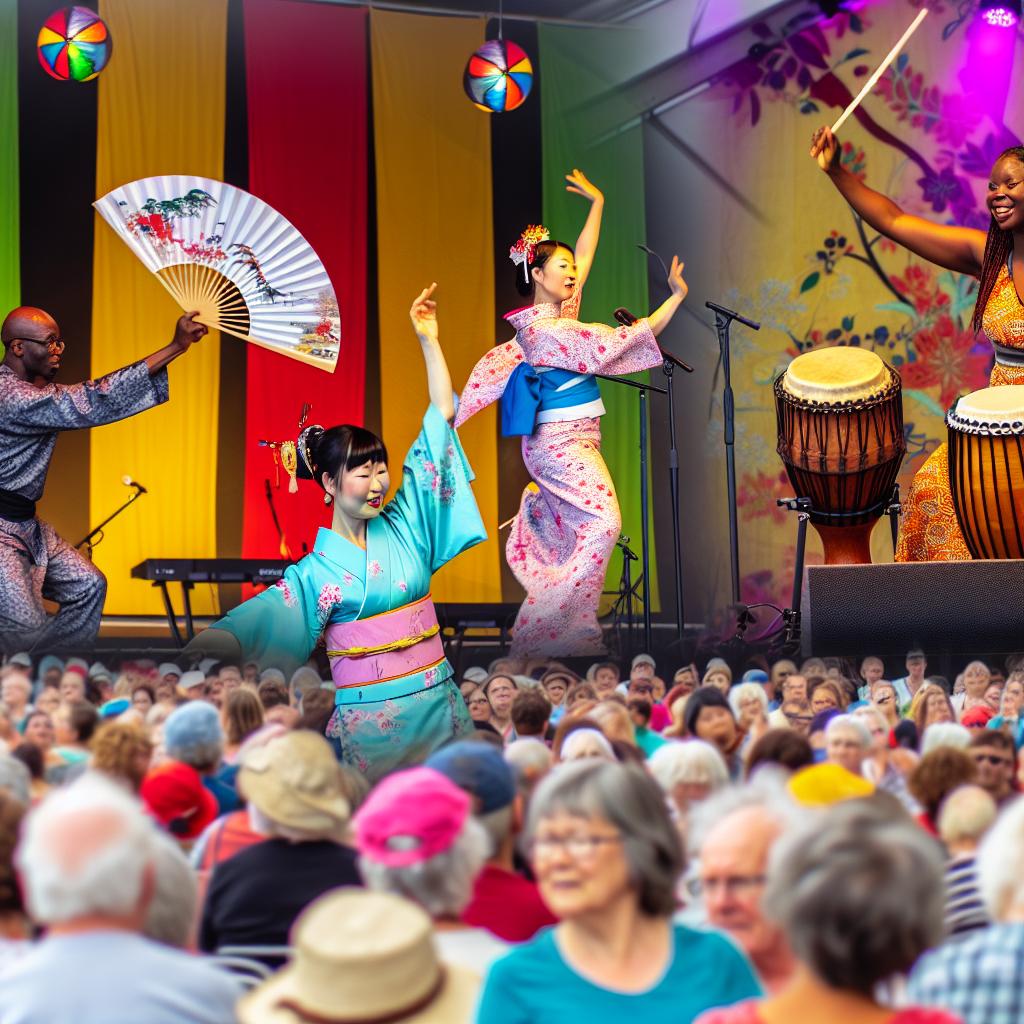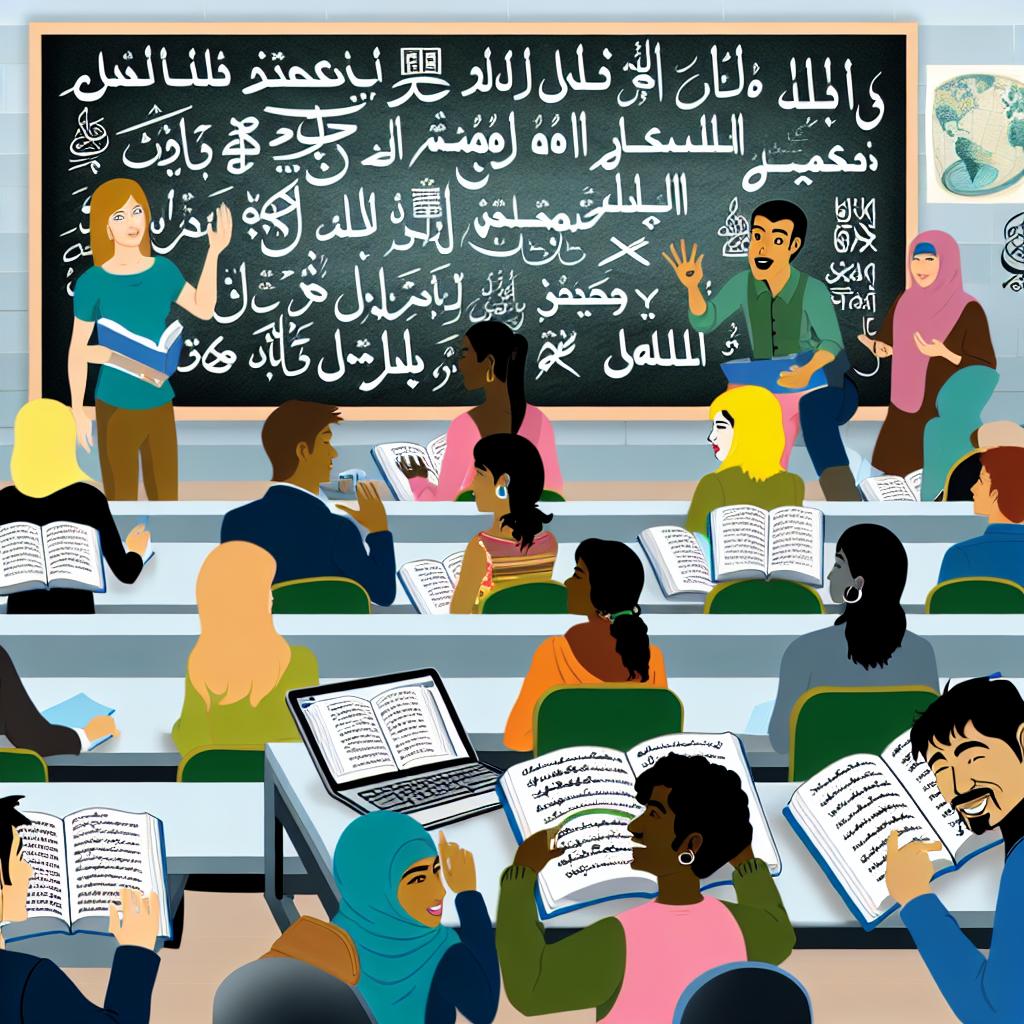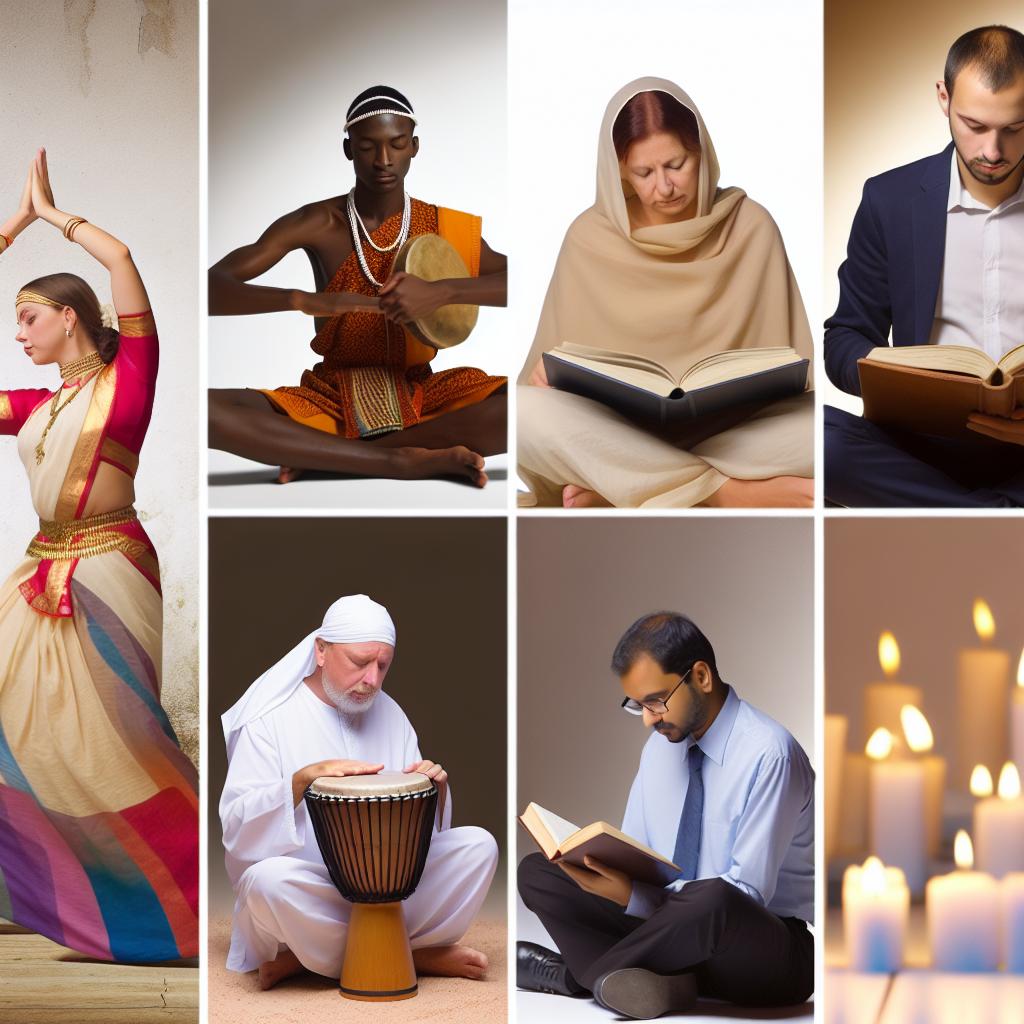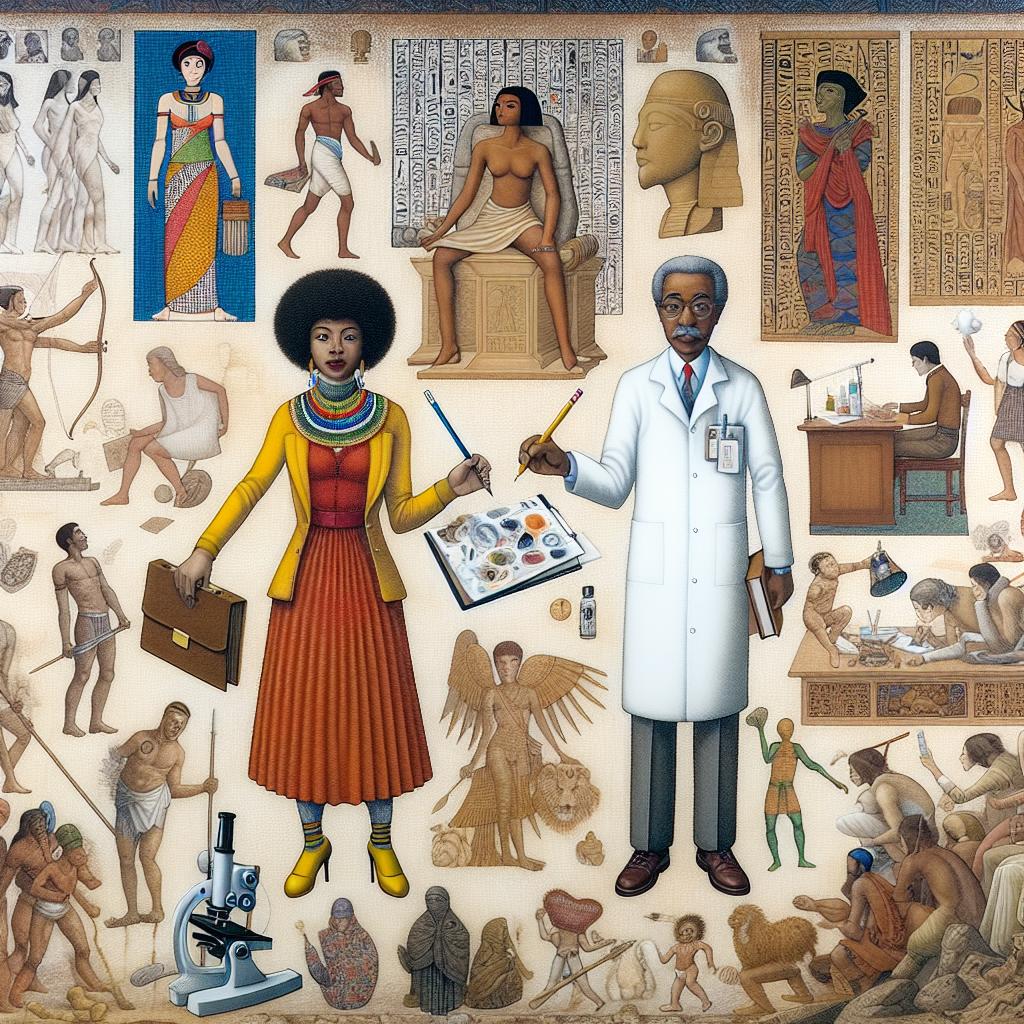Cultural Performance: An Overview
Cultural performance and spectacle represent an integral part of societies worldwide, embodying traditions, customs, and social values through various forms of artistic expression. These performances can encompass a broad array of activities, from theatrical plays and musical concerts to traditional dances and rituals. Exploring the nuances of what cultural performances entail reveals much about their role in human societies and their broader implications.
The Role of Cultural Performances
Within any community, cultural performances hold multifaceted roles that go beyond simple entertainment. They serve as vehicles for storytelling, preserving historical narratives, myths, and societal values that have been passed down through generations. By doing so, they maintain a connection to the past, ensuring that historical events and cultural ideologies continue to influence future generations. Through stories, songs, dances, and dramatic representations, cultural performances are capable of weaving a rich tapestry of collective memory.
Expression and Identity
The impactful nature of cultural performances also lies in their ability to act as a medium for communities to express their cultural identity. Each performance encapsulates the distinct traditions and customs particular to a community, reflecting the unique cultural markers that define them. This representation fosters a sense of pride and belonging among community members and serves as an educational tool for outsiders, promoting a deeper understanding and appreciation for diverse cultural heritages.
Ritual Significance
Many cultural performances are deeply intertwined with religious or cultural rituals, playing a significant role in marking important occasions within a community. Whether celebrating a successful harvest, commemorating unions in weddings, or observing rites of passage such as funerals, these performances are imbued with spiritual significance. They act as a bridge between the tangible and intangible aspects of culture, grounding spiritual beliefs in physical expressions that are shared collectively.
The Spectacle in Cultural Performances
A distinctive feature of cultural performances is their ability to captivate audiences through spectacle— the elaborate visual and auditory elements strategically designed to create an unforgettable experience. These might include visually striking costumes, intricately designed stage sets, and immersive musical compositions that collectively heighten audience engagement and emotional response.
Impact of Technology
The landscape of cultural performances has evolved with technological advancements that have expanded the possibilities for spectacle. The use of modern lighting techniques, sophisticated sound systems, and digital projections has revolutionized the way performances are staged. These technologies allow for the creation of more dynamic and immersive experiences, pushing the boundaries of creativity, and enabling performers to connect with audiences in unprecedented ways. The integration of technology acts as a catalyst for innovation, refreshing traditional performances while attracting new audiences.
Globalization and Fusion
In today’s interconnected world, cultural performances increasingly serve as platforms for cultural exchange. The blending of different traditions has given rise to hybrid performances, where elements from diverse cultures come together to create something new. This fusion amplifies the richness and diversity of performances, resonating with wider audiences who might connect with a multiplicity of cultural expressions within a single event. Such performances not only preserve original cultural elements but also cultivate creativity and innovation through cross-cultural influences.
Preservation and Challenges
While cultural performances are dynamic and capable of adapting to new influences, the preservation of traditional forms remains imperative. Many cultural traditions are under threat due to modernization pressures and the global spread of homogenized entertainment options, risking the loss of important cultural heritage.
Efforts in Preservation
Various initiatives have been undertaken to ensure that traditional performances are preserved for future generations. Documentation, educational programs, and archives are being developed to record cultural practices. Moreover, funding initiatives aimed at supporting traditional artists and performances seek to safeguard these expressions of cultural heritage. These efforts are crucial for revitalizing interest and appreciation for cultural performances, providing the necessary resources and platforms for traditional art forms to thrive.
Challenges Faced
Despite these efforts, cultural performances face significant challenges. There is often a declining audience interest in traditional forms, as modern entertainment options captivate audiences with their immediacy and novelty. Additionally, commercial pressures from popular culture can overshadow cultural performances that are inherently non-commercial. Addressing these challenges requires a balancing act between adapting cultural performances for contemporary relevance while ensuring their traditional essence is not lost. This balance is essential to guarantee that such performances remain vital elements of cultural expression for upcoming generations.
Conclusion
Cultural performance and spectacle continue to serve as dynamic components of human expression and communal identity. In an era marked by rapid change and globalization, the challenge lies in preserving these cultural treasures while embracing innovation and cross-cultural collaboration. As society evolves, maintaining the appreciation and support of cultural performances is essential for preserving the richness of global cultural diversity. By valuing these performances, communities contribute to a more inclusive and understanding world where diverse cultural narratives can be celebrated and shared. The future of cultural performances rests on the willingness to cherish and nurture these forms of expression that are critical to cultural identity, community cohesion, and global understanding.



